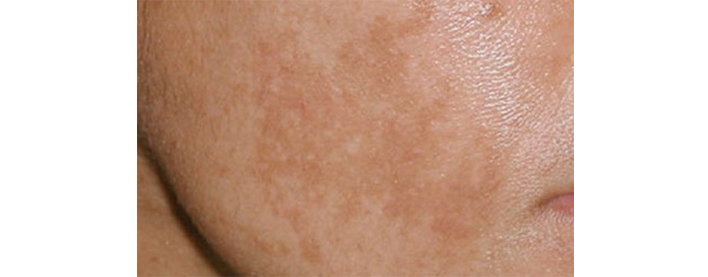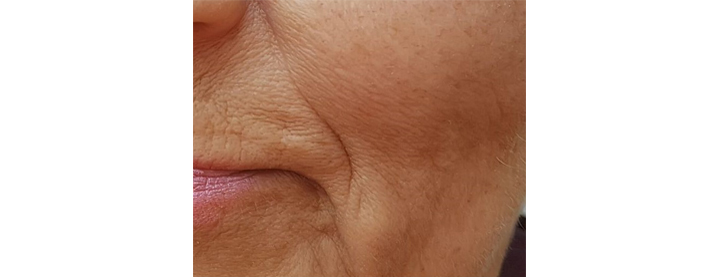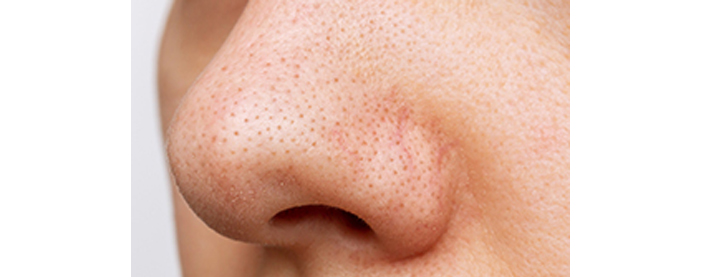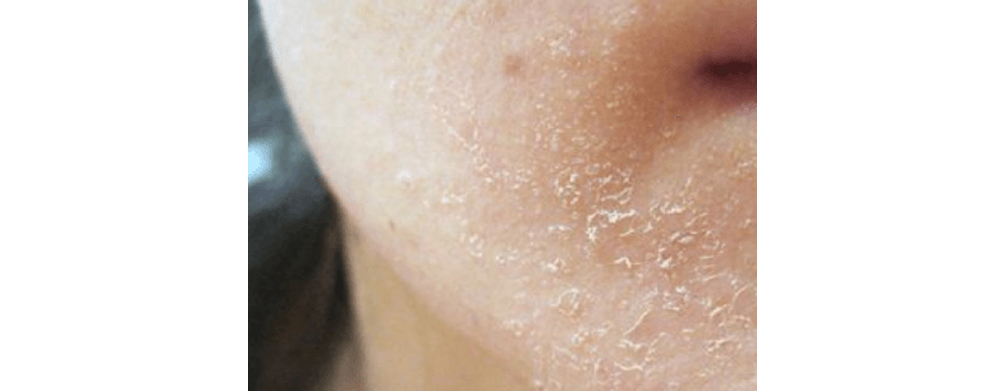Melasma Treatments
Understanding Melasma: Causes, Factors, and Skincare Treatments
Melasma is a common skin condition characterized by brown or grayish-brown patches that typically appear on the face but can also occur on other sun-exposed areas of the body. While it isn't harmful, melasma can be cosmetically distressing. In this blog, we will delve into the various aspects of melasma, including its causes, contributing factors, and skincare treatments.
What Causes Melasma?
The exact cause of melasma remains elusive, but it is believed to be influenced by a combination of genetic, hormonal, and environmental factors. Here are some key factors that contribute to the development of melasma:
1. Hormonal Changes:
Pregnancy: Melasma is often called "the mask of pregnancy" because it frequently occurs in pregnant women due to hormonal changes. This is known as chloasma.
Medications: Melasma can be triggered by certain medications, particularly those that increase skin sensitivity to sunlight. Examples include some antibiotics and specific blood pressure medications. In addition, certain anti-seizure medications have been associated with melasma in certain individuals.
Stress: While the exact connection between stress and melasma is not fully understood, some researchers speculate that the stress hormone cortisol may play a role in its development.
Thyroid Disease: Thyroid disease can disrupt the balance of hormones produced by the thyroid gland. If melasma is a result of thyroid disease, it may improve as your thyroid condition is effectively managed.
2. Ultraviolet (UV) Exposure:
Sunlight: Exposure to UV radiation is a significant trigger for melasma. Even a small amount of sun exposure can worsen existing melasma.
Tanning Beds: The use of tanning beds or excessive sunbathing can exacerbate the condition.
3. Genetics:
A family history of melasma may increase one's susceptibility to the condition.
4. Cosmetic Products and Procedures:
Certain cosmetics, skincare products, and even laser treatments can potentially trigger or worsen melasma.
5. Thyroid Dysfunction:
In some cases, thyroid disorders can be associated with melasma.
6. Race and Skin Type:
Melasma is more common in people with darker skin tones, including individuals of Asian, Hispanic, African, and Middle Eastern descent.
Treating Melasma with Skincare Products
While melasma is a chronic condition that can be challenging to treat completely, there are several skincare products and treatments available that can help manage and reduce its appearance. It's essential to be patient and consistent with your skincare routine when addressing melasma. Here are some effective approaches:
1. Sunscreen:
Sun protection is paramount. Use a broad-spectrum sunscreen with an SPF of 30 or higher daily, even on cloudy days.
Look for sunscreens with physical blockers like zinc oxide or titanium dioxide for added protection.
2. Topical Depigmenting Agents:
Vitamin C: Antioxidant-rich vitamin C serums can help fade dark spots and even out skin tone.
3. Chemical Peels:
Chemical peels performed by a dermatologist can help exfoliate the top layer of skin, reducing the appearance of melasma.
4. Laser Therapy:
Certain laser treatments, such as fractional lasers and intense pulsed light (IPL), can target melanin in the skin and improve melasma.
Preventing Melasma Recurrence
Preventing melasma from returning or worsening is crucial. Here are some additional tips:
1. Avoid UV Exposure:
Wear wide-brimmed hats and sunglasses when outdoors.
Seek shade, especially during peak sun hours.
2. Hormone Management:
If melasma is triggered by hormonal factors, discuss alternative birth control methods or hormone replacement therapy options with your healthcare provider.
3. Gentle Skincare:
Avoid harsh skincare products that may irritate the skin and worsen melasma.
Conclusion
Melasma can be a challenging condition to manage, but with the right skincare products and lifestyle adjustments, it is possible to reduce its appearance and prevent recurrence. Remember that it's essential to consult with a dermatologist for a personalized treatment plan tailored to your specific needs. Additionally, be patient and consistent with your skincare routine, as improvements may take time. Always prioritize sun protection, as this is a key factor in managing melasma and maintaining healthy skin.















